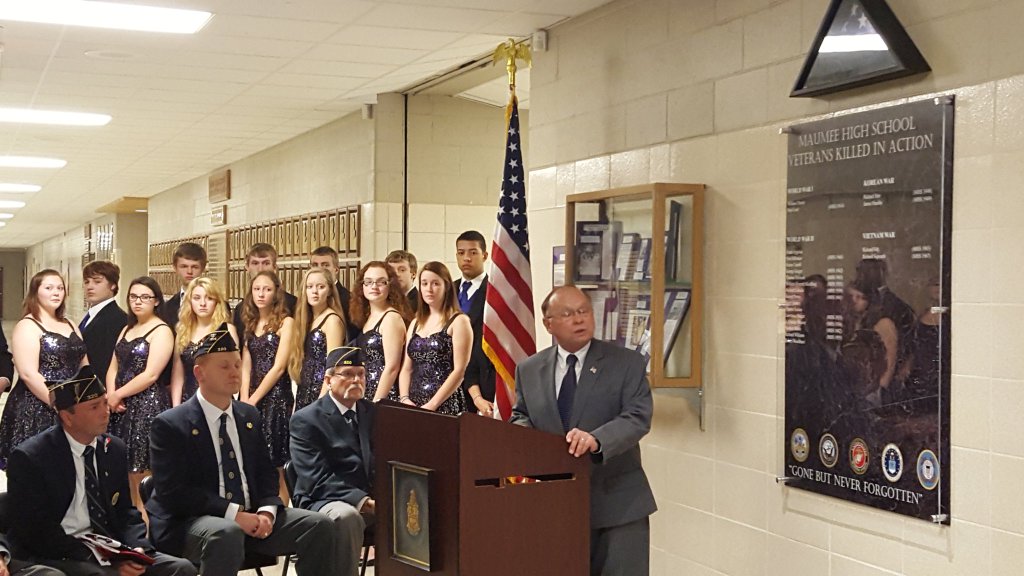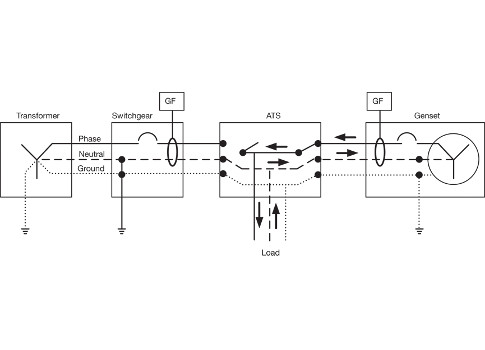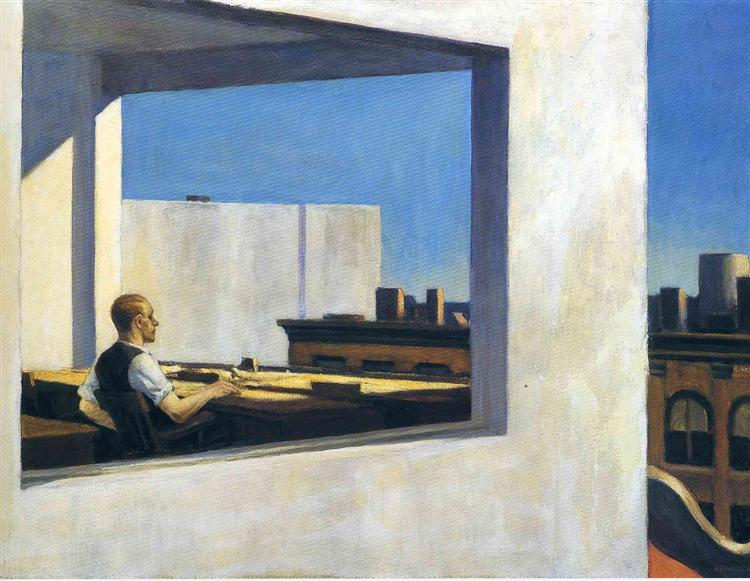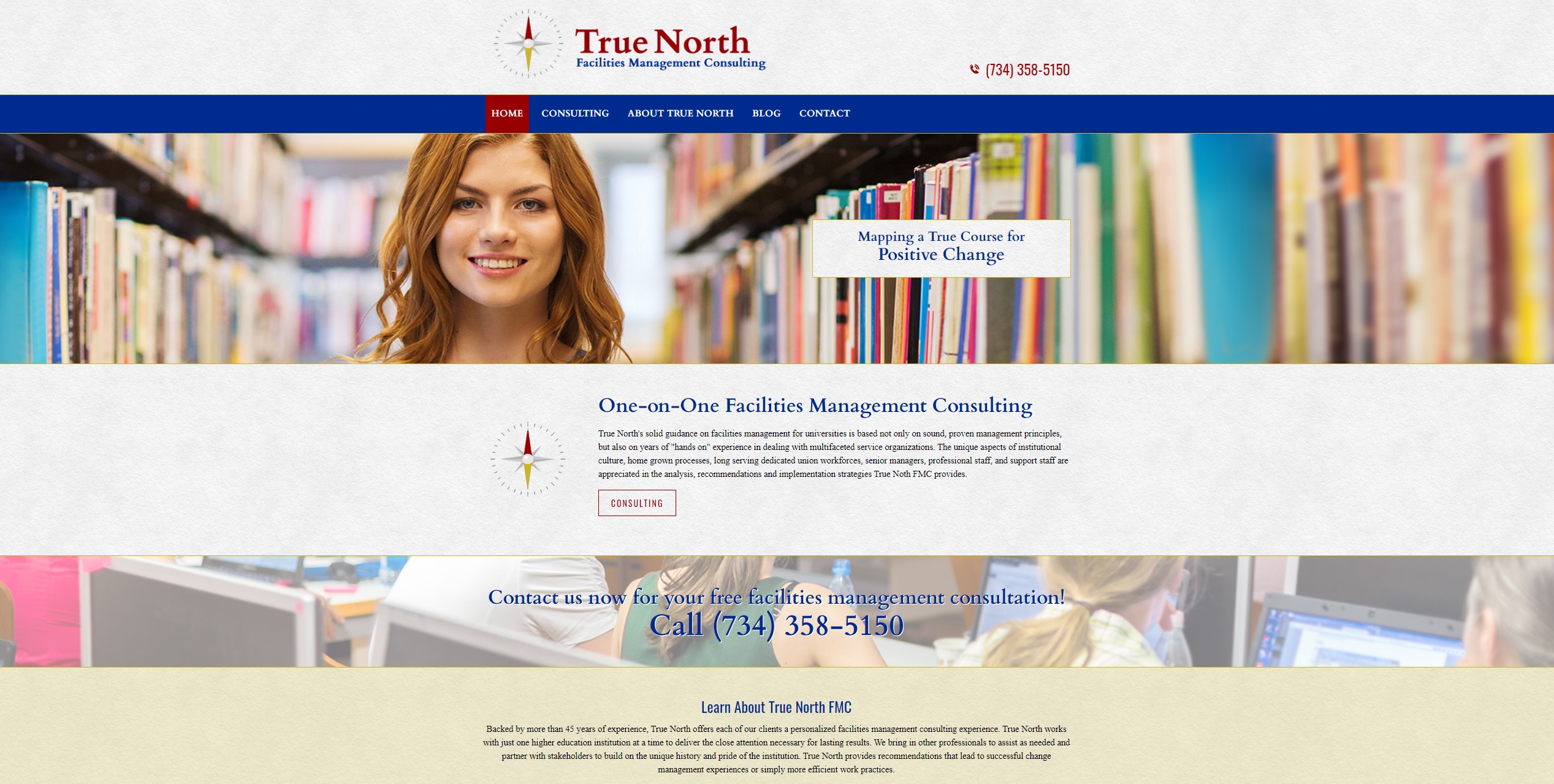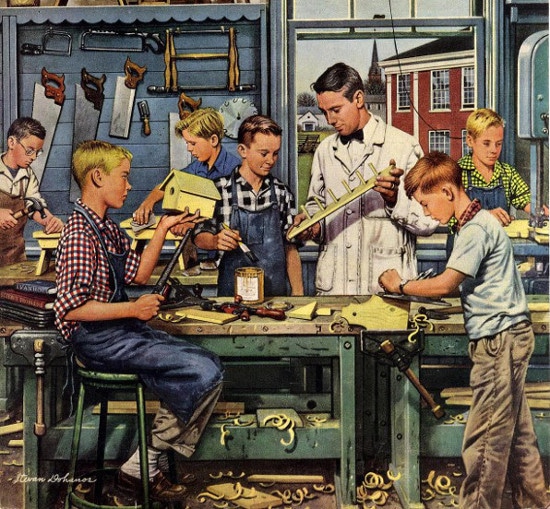Here are some of the ways in which government regulations impede economic growth:
- Increased costs: Regulations can impose additional costs on businesses, which can affect their ability to operate efficiently and compete in the marketplace. For example, regulations can require businesses to invest in new technologies or processes to comply with environmental or safety standards, which can increase their expenses.
- Reduced innovation: Some people believe that regulations can stifle innovation and entrepreneurship, as businesses may be hesitant to invest in new products or technologies that could be subject to strict regulations. This can limit the potential for new businesses to emerge and grow.
- Slowed job growth: Regulations can increase the cost of doing business, which can lead to reduced hiring and slower job growth. This can be particularly challenging for small businesses that may not have the resources to comply with regulatory requirements.
- Reduced competition: Regulations can sometimes create barriers to entry for new businesses, which can reduce competition and limit economic growth. This can be particularly true in industries that are heavily regulated, such as healthcare and finance.
- Reduced trade: Regulations can make it more difficult for businesses to operate in international markets, as they may face additional regulatory requirements and trade barriers. This can limit economic growth and reduce opportunities for businesses to expand their operations.
It is important to note that regulations can also have benefits, such as protecting consumers and the environment, promoting fair competition, and fostering innovation. It’s essential to strike a balance between regulatory requirements and economic growth to ensure that businesses can thrive while also protecting public health and safety.
The U.S. Standards System effectively provides a “shadow government” that runs parallel to the elected government so that a balance of informed voices are present in formulating what Montesquieu called the “necessary laws”. See our ABOUT.
"The Spirit of the Laws"https://t.co/XJySKe3kCz
Charles de Secondat, Baron de Montesquieu
Cambridge University Presshttps://t.co/WCerwqSnUA@CambridgeUP pic.twitter.com/lby6W3E49z— Standards Michigan (@StandardsMich) December 27, 2021
More
NIST: Procedures for the Development of American National Standards
ANSI Essential Requirements: Due process requirements for American National Standards
Office of Management & Budget Circulars in Numerical Sequence





